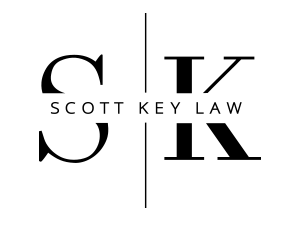How Your Brief Looks is Nearly as Important as What You Say
Design is an important part of brief writing. And the font and layout you choose will have an impact on how the Court receives your brief. It certainly shapes how I feel about writing the brief and submitting it. I cannot see the Courier New Font without thinking of the research, writing, and advocacy in my first year of law school. The font feels scary and oppressive and conjures up images of red ink and biting comments written in the margins.
The people who read your briefs at the courts where you submit them are likely reading a stack of briefs that look pretty much like yours. “Oh look,” the staff attorney might be saying, “another brief in Times New Roman 14. Awesome.”
I’m guilty of going with the good old default font a good bit of the time, but I am learning to do things differently.
Two of my favorite legal blogs have featured posts on this very topic. Over at Simple Justice, Scott Greenfield features a review of Matthew Buttrick’s Typography for Lawyers. I haven’t ordered it yet, but I likely will. One great tip that I read elsewhere is to eliminate the double space at the end of sentences. I’ve been doing that since my tenth-grade typing teacher told me to do it. I stopped after reading somewhere else that I should. That extra space is not necessary, it turns out. In fact, as I review Mr. Butterick’s book for this post, I think I’m about to order it. You probably will too if you check out the sample chapters (PDF) from his website.
My other favorite blogger, Kendall Gray, has been writing about layout and typography at his blog, the Appellate Record. He has written a three-part series about page layout. Part one introduces his general idea of how a brief should look. Part two focuses on the concept of proximity. His third post deals with justification (no, I have not lapsed into theological discourse. I’m talking about how the text should be aligned).
By no means do I suggest that the document’s appearance is a substitute for its substantive content. Rather, designing the brief into a document that the reader wants to read, a document that does not appear just like the other briefs the clerk is reading in that big stack, and that looks better than the one the DA is submitting, is important.
I’ve just scratched the surface on the design element. And I look forward to learning more about it. All they taught me in law school was the importance of the ugly Courier font and something mechanical about a rule proof. It does’t mean that you won’t lose to bad writing sometimes (that’s what representing the appellant in criminal cases is like sometimes). It just means that the close case might just go your way more often than it does right now.

Thank you for your sharing. I am worried that I lack creative ideas. It is your article that makes me full of hope. Thank you. But, I have a question, can you help me?